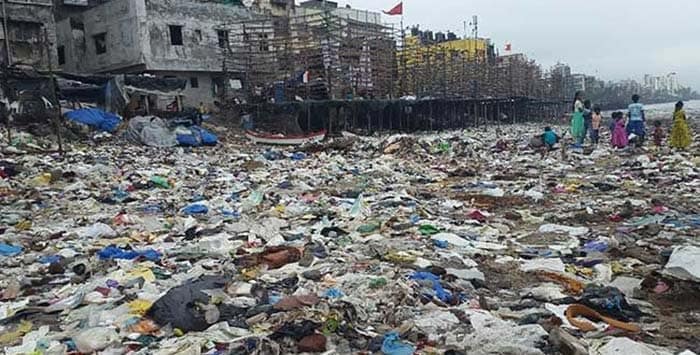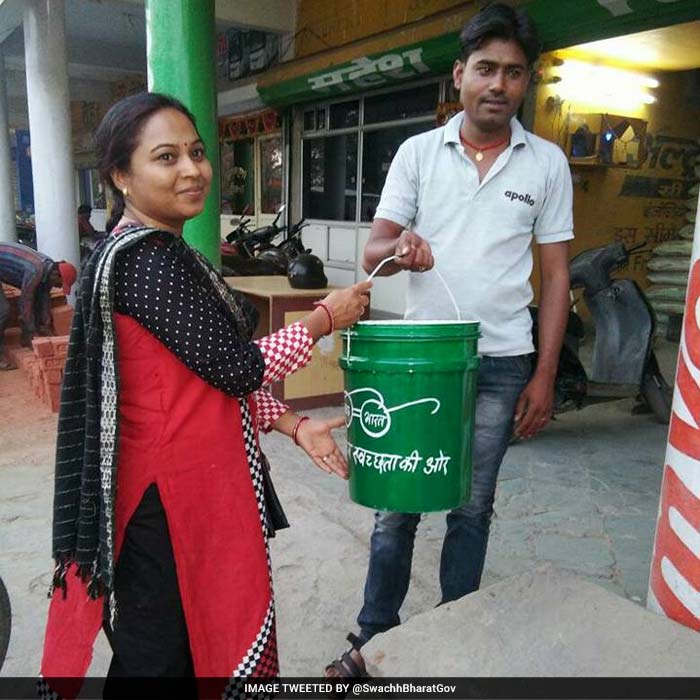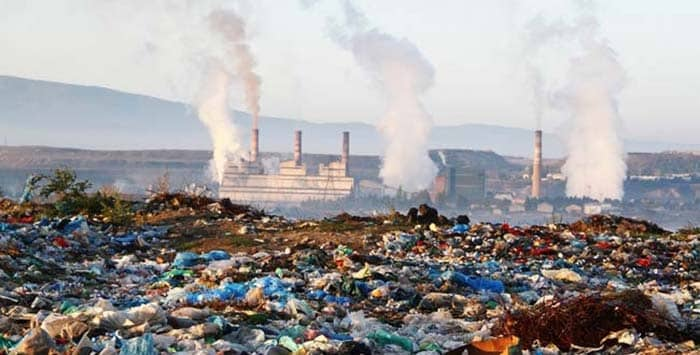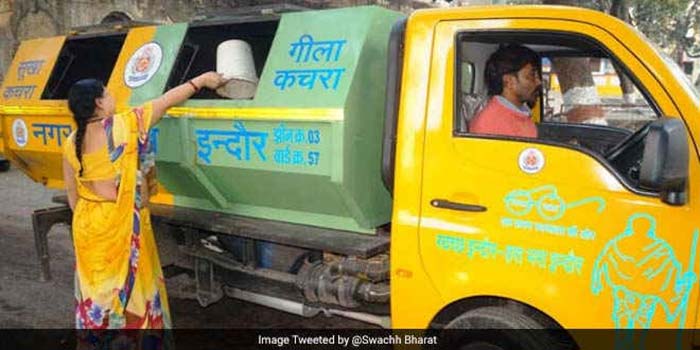10 Things That You Need To Know About Solid Waste Management Rules 2016
To achieve the targets set by the ambitious Swachh Bharat Abhiyan, India needs to solve or at least reduce the burden of its waste. Being one of the worst waste generators in the world, India generates nearly 62 million tonnes of municipal solid waste every year. What is more worrisome is that merely 25-30 per cent of the total waste generated is treated. The rest is just dumped, untreated, into our landfills. This ends up polluting our food, water and even the air we breathe. To address this growing concern, the Union Ministry of Environment, Forests and Climate Change has issued fresh guidelines with the new Solid Waste Management Rules (SWM) 2016. Following are 10 guidelines to tackle the problem of waste management in India..jpg)
Dos and Don'ts of Waste Segregation The government has recently announced it would be introducing a programme to encourage source segregation of waste as it is the first step towards nipping the waste problem at the primary level. It also hopes to set a world record for the maximum number of pledges to take up segregation. Waste generators from all industries are required to segregate their waste into three categories - Biodegradables, Dry Waste which includes plastic, paper, metal, wood, and Domestic Hazardous Waste like diapers, sanitary napkins, mosquito repellents, and cleaning agents. Once segregated these are taken by the authorised waste pickers. Any event that is attended by more than 100 people, needs to have arrangements to segregate waste at source before handing it to the municipal workers. As for food waste, all hotels and restaurants are required to segregate biodegradable waste and set up their own system of waste for composting or biomethanation.
.jpg)
Collection And Disposal Of Sanitary Napkins It is believed that a woman can generate upto 125 kg of sanitary waste through her menstruating years. Studies have shown that a single sanitary napkin could take from 500 to 800 years to decompose as sanitary pads are made of materials like bleached wood pulp, LDPE plastic polymers and super-absorbent (polyyacrylate) which are non-biodegradable in nature. To tackle the mounting problem of sanitary waste, the government has issued guidelines according to which it is mandatory for diaper and sanitary pad manufacturers to attach a pouch or wrapper with the product to ensure proper disposal. In a separate move, to address the problem of menstrual waste, local civic bodies are required to set up sanitary landfills within a specified frame of time. For instance in an area with 1 million population, the sanitary landfill needs to be built in two years whereas towns with less than 0.5 million population have a three year deadline. A sanitary landfill is a waste pit where, the trash is buried layers, compressed and then covered with soil.
.jpg)
User Fees And Spot Fines To discourage the menace of littering, a ?spot fine' has been introduced under which any citizen found burning or throwing litter in public places or water bodies will have to pay a fine as fixed by the local bodies across India. The local bodies will also decide a specific ?User Fee' that citizens will have to pay to the waste collectors for activities like collection, disposal, and processing of waste.


Guidelines for Street Vendors Wastes generated from ?mandis' or street vendors are a huge contributor to litter problems in our country. To promote segregation and disposal of their waste, every street vendor must keep bins or containers. They are also responsible for their own waste and should deposit their waste at a waste storage depot or container or vehicle as notified by the local authority.
.jpg)
Guidelines For The Over-growing Landfills As per the new guidelines, landfills must be located 100 metres away from a river, 200 metres from a pond, 500 metres away from highways, habitations, public parks and water supply wells and 20 km away from an airport or airbase. The construction of landfills on hills must be avoided, however having transfer stations and processing facilities in hilly regions will be allowed.

Waste Processing And Treatment Guidelines All bio-degradable wastes should be either be processed, treated or disposed of through composting or biomethanation within the premises as far as possible. The developers of Special Economic Zones, industrial estates, industrial parks will have to earmark at least 5 percent of the total area of the plot or a minimum of 5 plots or sheds for a recovery and recycling facility. The rules have also mandated bio-remediation or capping of old and abandoned dump sites within five years.
.jpg)
.jpg)
Guidelines for Municipal Authorities All the local bodies are required to promote awareness on composting, waste segregation and waste management through different educative campaigns. The civic bodies must set up their respective by-laws for executing and monitoring waste management, segregation of waste within their society.

The Process Of Monitoring Simply putting a rule into effect is definitely not enough in a country like India where without a strong ?checks and balances' system the rule is as good as void. To execute and track the progress of these news rules, the government has set up a Central Monitoring Committee under the chairmanship of Secretary, MoEF&CC. The committee will comprise of state and central officials and will ensure that the law is implemented effectively.

















